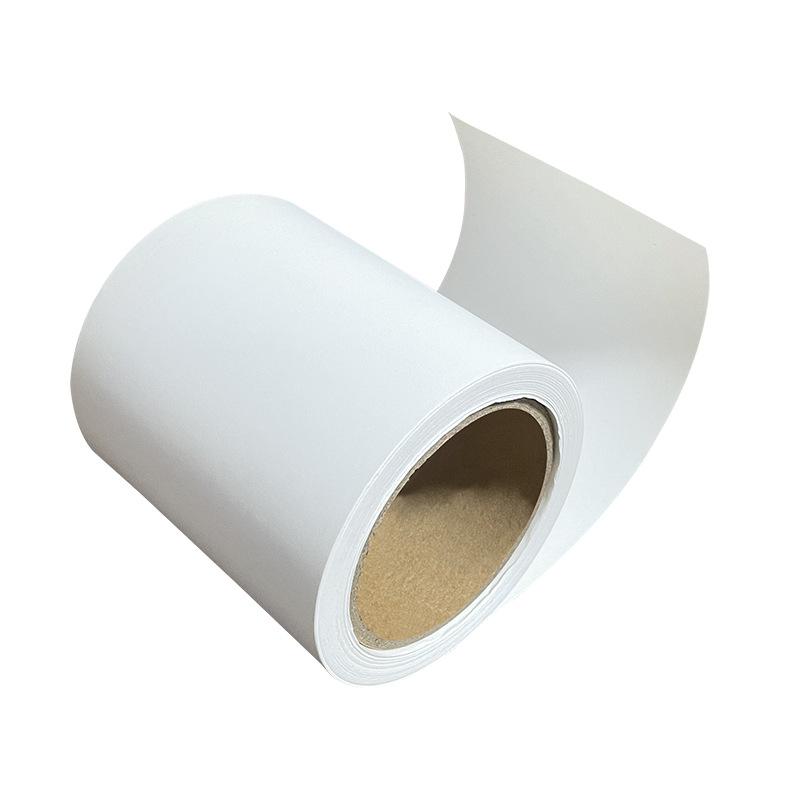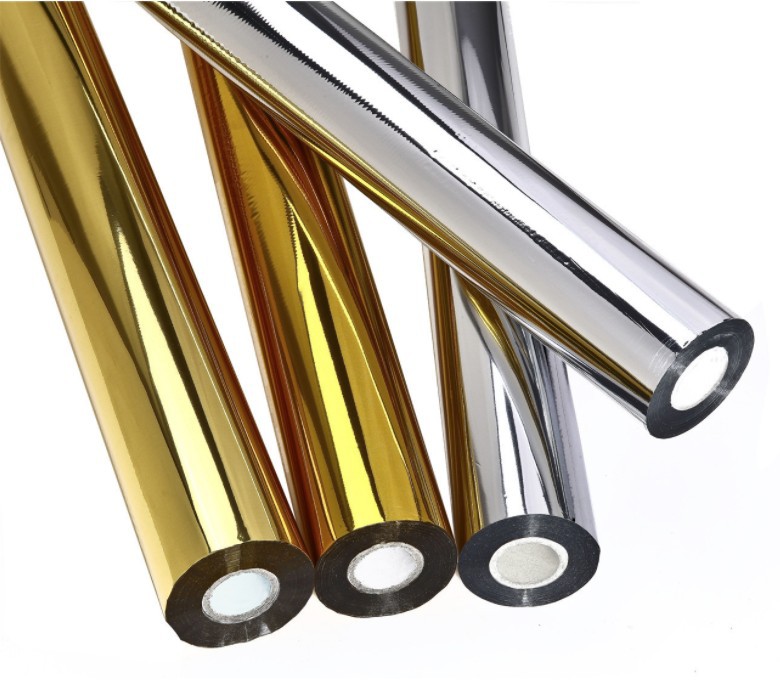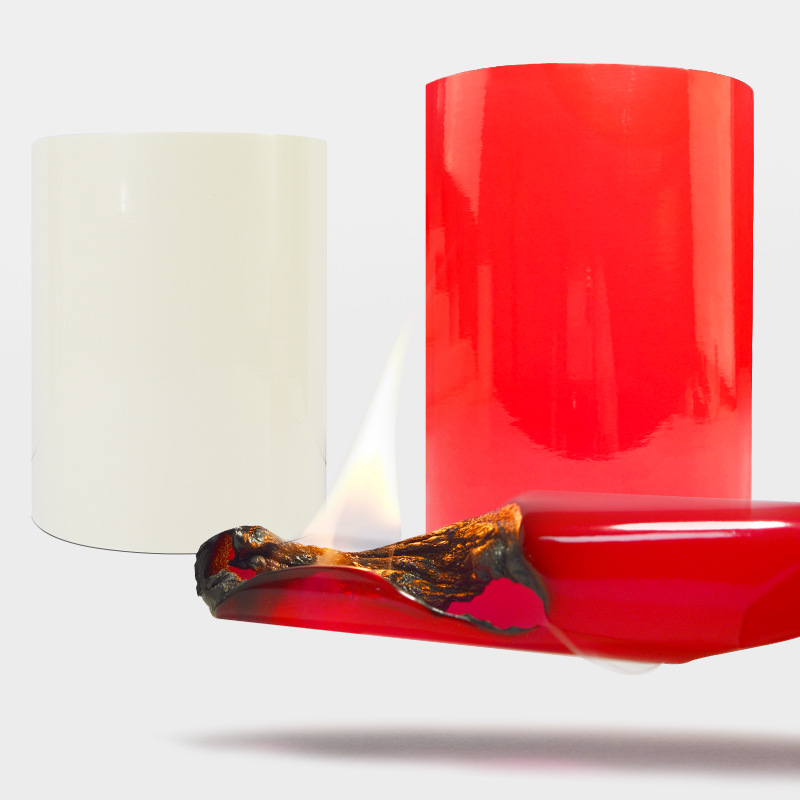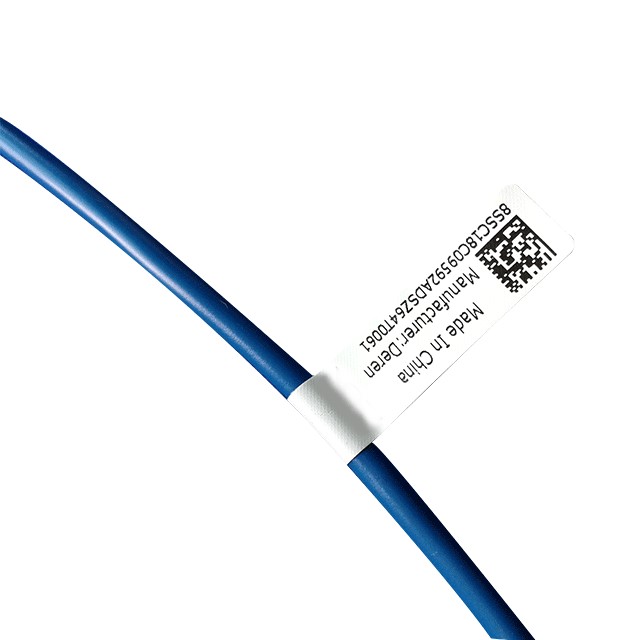Custom Design of High-Temperature Resistant Label Paper: Crafting Techniques
Sticker labels play a crucial role in various industries, providing essential information and branding for products. However, certain applications require labels that can withstand high temperatures without compromising their functionality or aesthetic appeal. In this article, we will explore the custom design of high-temperature resistant label paper and the crafting techniques involved.
Understanding High-Temperature Resistance
High-temperature resistance refers to the ability of a label to maintain its integrity and legibility when exposed to elevated temperatures. This is particularly important in industries such as automotive, aerospace, electronics, and industrial manufacturing, where components or products undergo extreme heat during various stages of production, transportation, or use.
When designing a high-temperature resistant label, it is crucial to consider the following factors:
1. Material Selection
The choice of label material is paramount in achieving high-temperature resistance. Common materials used include polyester, polyimide, and ceramic-based substrates. These materials offer excellent thermal stability, dimensional stability, and resistance to chemicals and solvents.
Polyester labels are known for their durability and resistance to high temperatures up to 300°C. Polyimide labels, on the other hand, can withstand even higher temperatures, ranging from 300°C to 500°C. Ceramic-based substrates are specifically designed for extreme temperature applications, withstanding temperatures exceeding 500°C.
2. Adhesive Formulation
The adhesive used in high-temperature resistant labels must be carefully formulated to withstand heat without losing its bonding properties. Silicone-based adhesives are commonly used due to their excellent thermal stability. These adhesives can maintain their integrity and adhesion strength even at temperatures exceeding 250°C.
Additionally, the adhesive formulation should consider the specific surface characteristics of the labeled product. It should adhere firmly to various substrates, including metals, plastics, and ceramics, ensuring the label remains intact even under extreme conditions.
3. Printing Techniques
Printing techniques play a vital role in customizing high-temperature resistant labels. Thermal transfer printing is commonly employed due to its ability to produce durable and long-lasting prints. This method utilizes heat to transfer ink from a ribbon onto the label material, creating a permanent and resistant image.
For high-temperature resistant labels, it is crucial to use thermal transfer ribbons specifically designed for such applications. These ribbons are formulated with highly resistant inks that can withstand elevated temperatures, ensuring the printed information remains legible and intact throughout the label's lifespan.
4. Finishing and Protective Coatings
Applying finishing and protective coatings to high-temperature resistant labels enhances their durability and resistance to external factors. Over-laminates or varnishes can be used to protect the label from abrasion, chemicals, and UV exposure, further extending its lifespan.
It is essential to select coatings that can withstand high temperatures without degrading or altering the label's appearance. These coatings should also provide additional resistance to chemicals, oils, and solvents, ensuring the label remains readable and intact in harsh environments.
Conclusion
Custom design of high-temperature resistant label paper requires careful consideration of material selection, adhesive formulation, printing techniques, and finishing coatings. By utilizing appropriate crafting techniques, industries can ensure that their products are labeled with durable and legible stickers that can withstand extreme temperatures.
High-temperature resistant labels not only provide essential information but also contribute to the overall branding and professionalism of a product. With the right custom design and crafting techniques, sticker label manufacturers can meet the demands of industries where high-temperature resistance is crucial, ensuring their labels perform optimally in challenging environments.
We offer comprehensive technical support, including free professional labeling solutions, advice on label materials and adhesive selection, as well as online/offline assistance from professional software and hardware engineers. Service email: andy@ownlikes.cn. In pre-sales, we leverage our extensive experience in specialty labeling projects to provide clients with the most suitable hardware solutions. Additionally, all our label barcode printers and scanners come with a three-year free warranty, demonstrating our confidence in our products.






This site is protected by reCAPTCHA and the Google Privacy Policy and Terms of Service apply.